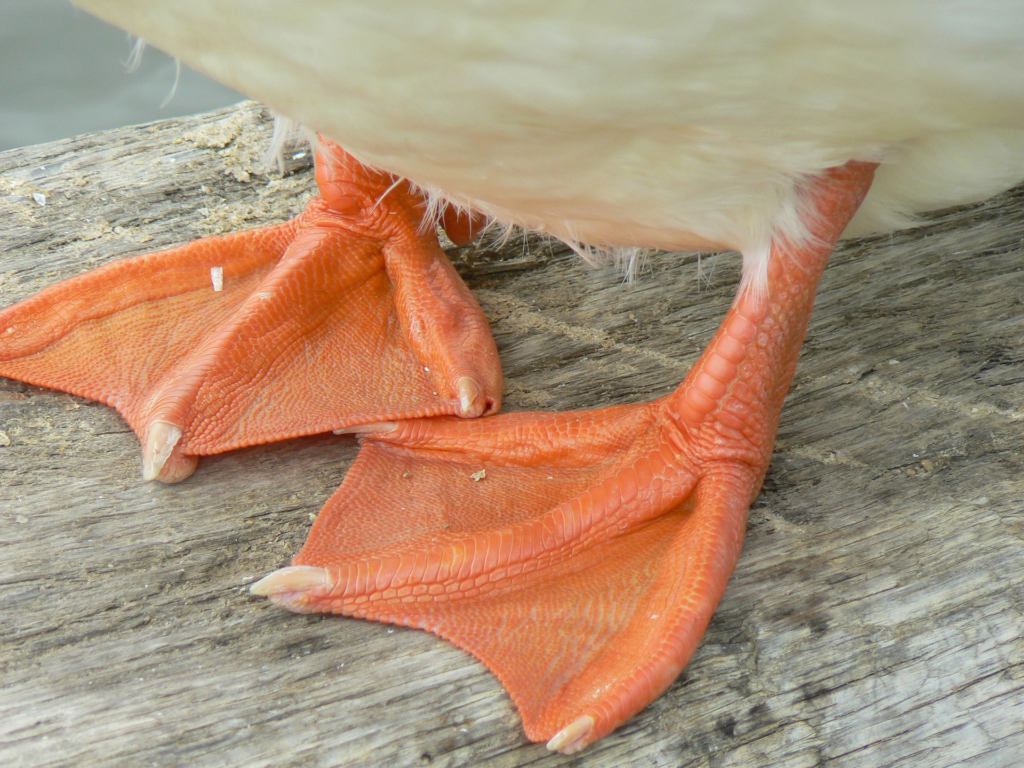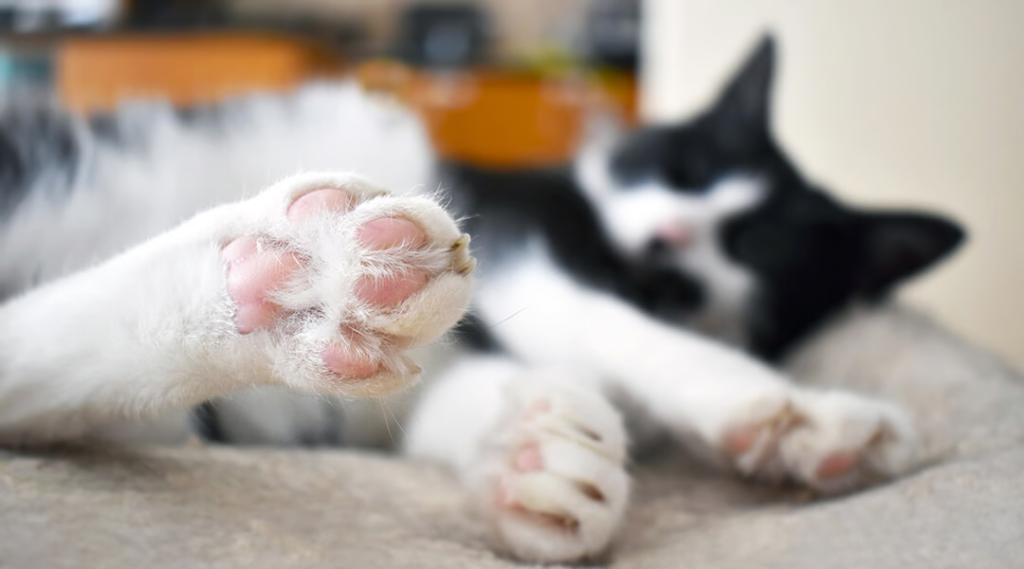Feet And Claws
Key Notes :
Purpose of Feet and Claws:

Animals have different types of feet and claws suited to their needs. Feet and claws help animals in activities such as walking, running, climbing, holding, and catching prey.
Types of Feet and Claws:
- Webbed Feet: Found in animals like ducks and frogs, webbed feet help them swim effectively by pushing water as they move.

- Sharp Claws: Predators like eagles and owls have sharp, curved claws (talons) that help them catch and hold their prey tightly.

- Hoofed Feet: Animals like horses, cows, and deer have hooves, which help them walk and run on hard ground without slipping.

- Sticky Pads: Animals like frogs and lizards have sticky pads on their feet, which help them climb trees or walls without falling.

Adaptation for Survival:
The structure of an animal’s feet and claws is an adaptation that helps them survive in their environment. For instance, animals in water have webbed feet, while those that hunt have claws to catch prey.
Examples of Animals and Their Feet:
- Eagles: Have strong talons for grabbing and holding onto prey.

- Ducks: Have webbed feet for swimming smoothly in water.

- Cats: Have retractable claws that help them catch prey and climb.

- Elephants: Have large, padded feet that help distribute their weight on the ground.

Functions of Feet and Claws:
Food Collection:
Birds of prey use claws to catch and eat prey, while digging animals use claws to find food underground.
Walking and Running:
Different shapes and sizes of feet help animals walk or run effectively in their environment.
Protection:
Some animals use claws to protect themselves from predators.
Let’s practice!

